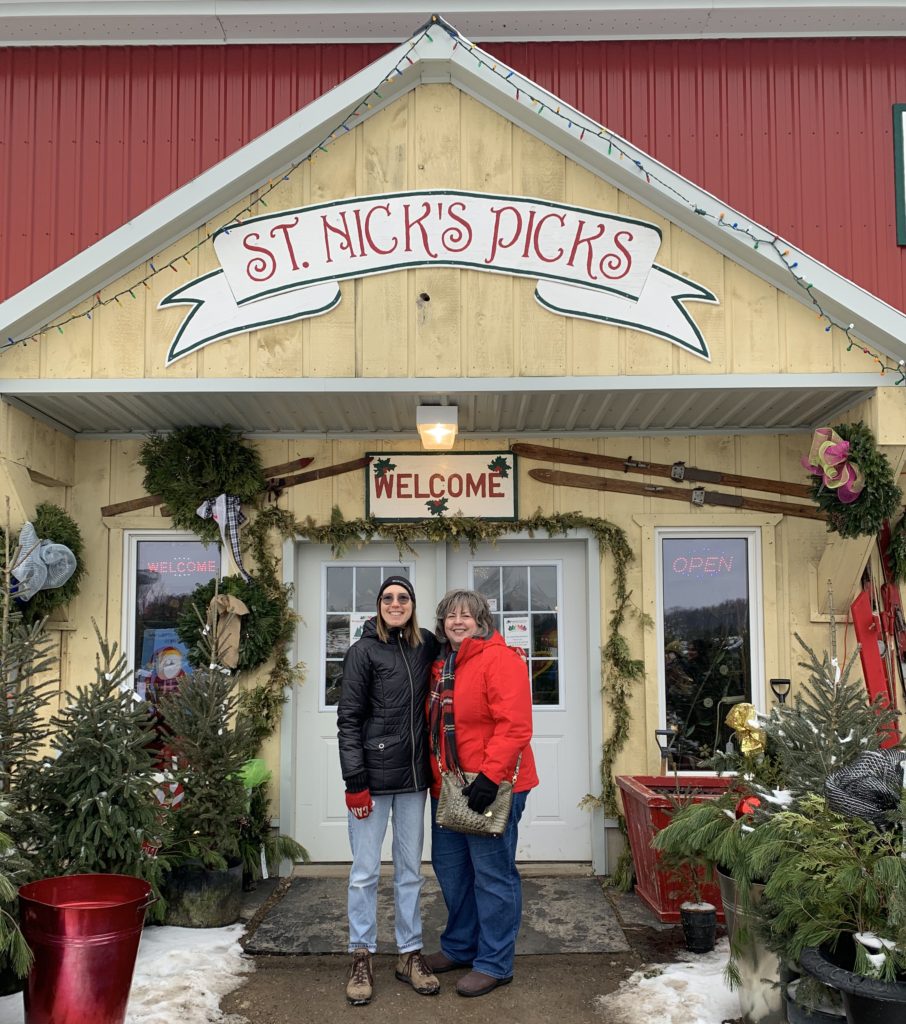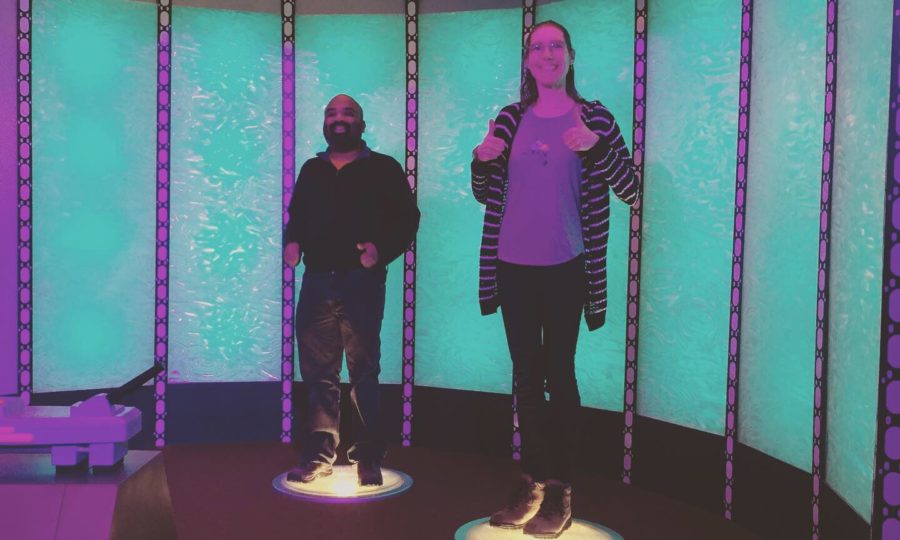My final few weeks in New York were frantic. I submitted a paper for review, began to think about Winter syllabi, and finished (mostly) the massive pile of books I had checked out from the library. But, I managed to have some downtime too.
Challenging borders
I attended a few events at Where No Wall Remains, the 2019 biennial Live Arts Bard festival at the Fisher Center for the Arts. I like the intellectual grounding of the festival. Artists submit items for inclusion in the festival syllabus, which the Fisher Center makes publicly available through a reading room. However, I was a poor student and came unprepared.
The highlight of the festival, for me, was Night, choreographed by Ali Chahrour. It was a tragic love, in which social mores prevent lovers from being together. The show was mostly in Arabic, with some portions in English. It also included poetry performed in its original Sumerian and Hebrew languages. The dancing was brilliant. As graceful as Chahrour was, though, the female dancers who sang while dancing impressed me most. The musicians were also choreographed; the destruction of the neat and tidy musical space to one of chaos and difficulty was folded into the main plot of the love story.
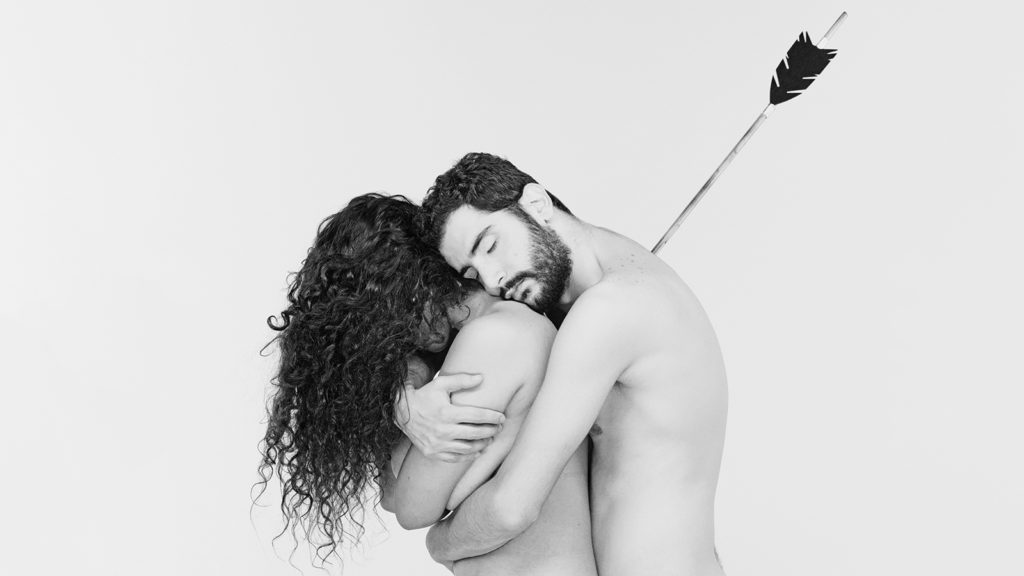
I also watched Emily Jacir‘s film, letter to a friend, which charted the changing political and physical geography of her hometown, Bethlehem. Drawing from footage across decades, Jacir documents the progression of Israeli occupation. We witness Bethlehem split–from its people, its history, and its resources.
Jason De León‘s Hostile Terrain 94 (HT94) is an ongoing, participatory art project where undocumented migrant deaths in the Sonoran Desert in Arizona are recorded on toe tags to form a map. There are over 3200 tags, all hand-written. Some tags had detailed information with people’s names and the circumstances of their deaths, whereas others just listed the condition of found remains.
I also viewed m(Other)s: Hudson Valley, Emilio Rojos‘ video portraits of immigrant (both documented and undocumented) women holding their first-generation American children. American flags cover the mothers. Chillingly, it took me awhile–a long while–to realize each child was held by a living person. On my first viewing, I thought the children sat on a backdrop-covered bench. Rojos’ other work this term at Bard College prompted a previous blog post on bridges and tables, which you can find here.
Trekking to Ticonderoga
A friend came to visit me for a weekend, and we trekked up to Ticonderoga, in the Lake George Region of New York, to see the Star Trek Set Tour, a re-creation of the Star Trek television set from the 1960s. This labour of love took 14 years to complete, making use of set blueprints, original research, and photographs.
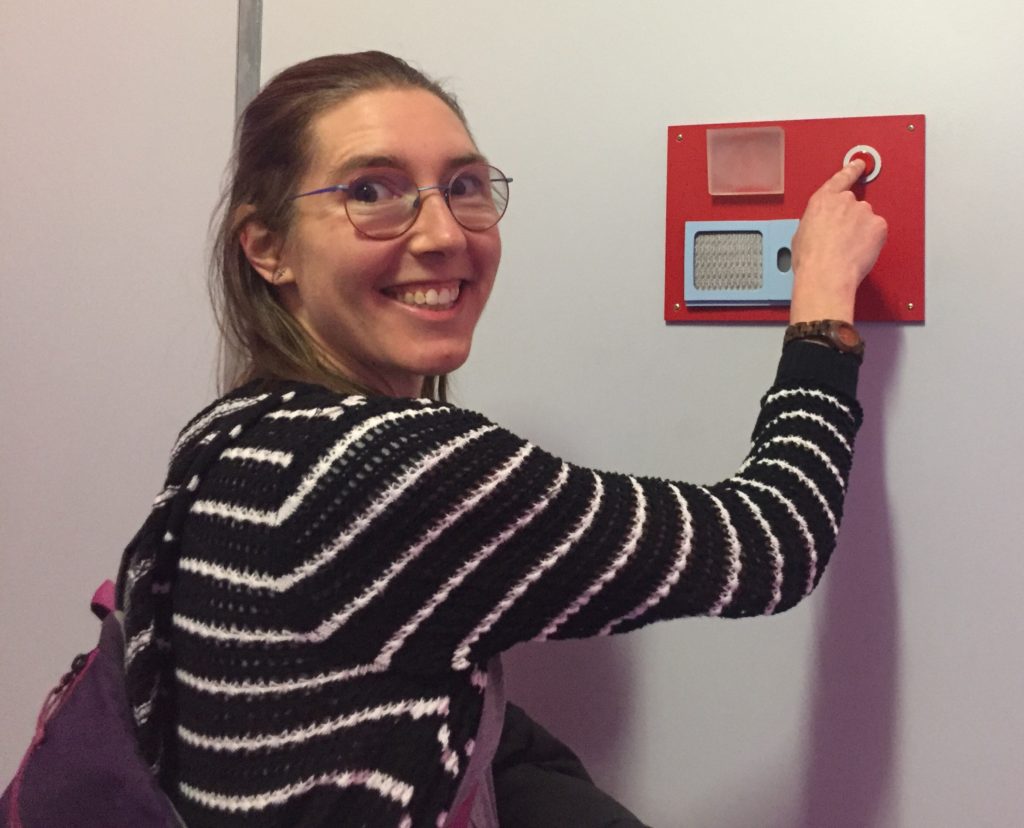
I often hear the tour described as an immersive experience. Though I agree, I didn’t expect the set to seem small, given how expansive the Enterprise always seems to me. I often ignored or didn’t see those background details, yet they are central to making the Enterprise seem futuristic (for the 60s) and present.
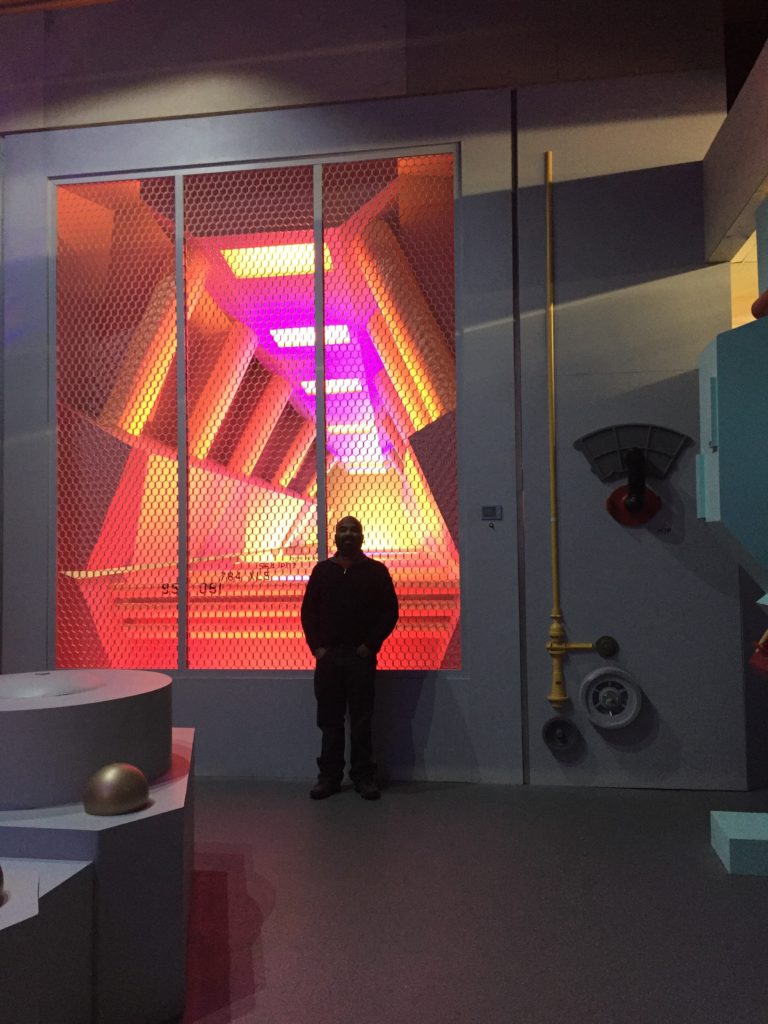
We got to interact with a few parts of the set, and learned trivia about backstage happenings of Star Trek. But, this tour is not just for Trekkies! Anyone interested in TV or Hollywood set design and history will find it worthwhile.
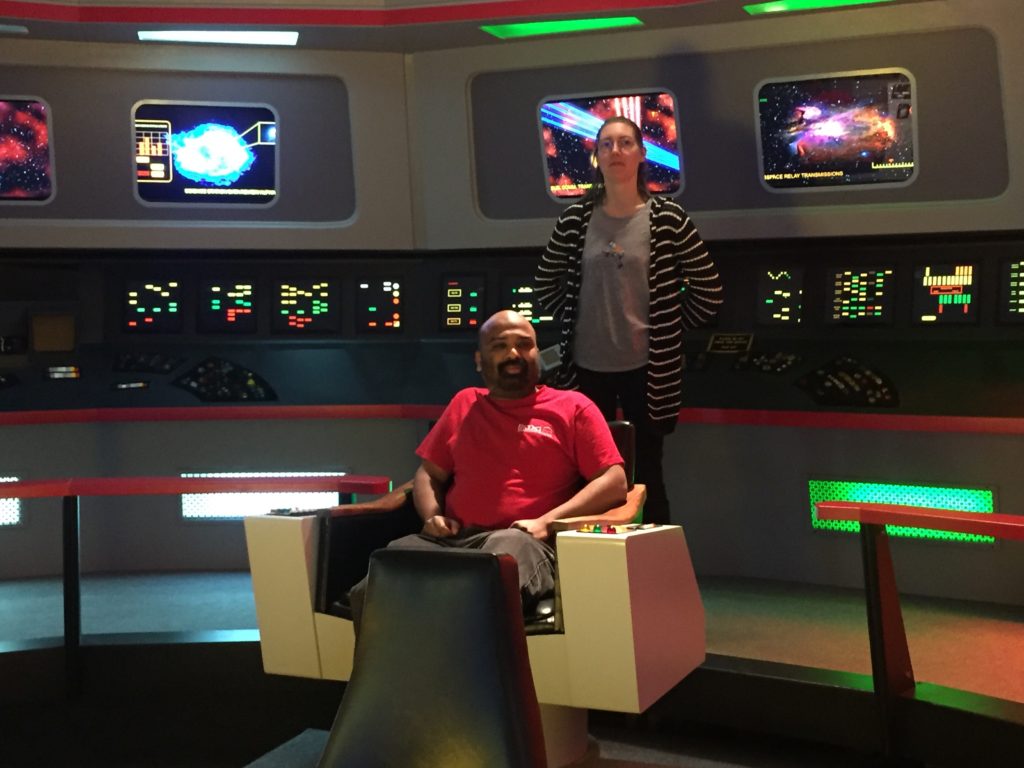
That’s all folks!
With only a few weeks of sabbatical left, I’m home and prepping (in my downtime) for the holidays. Stay tuned to the “At Home with Arendt” series for updates about my sabbatical research. And if you are in the Kitchener-Waterloo area, come hear me give a talk on my refugees research on December 12 from 12-1:30 pm at the Balsillie School!
